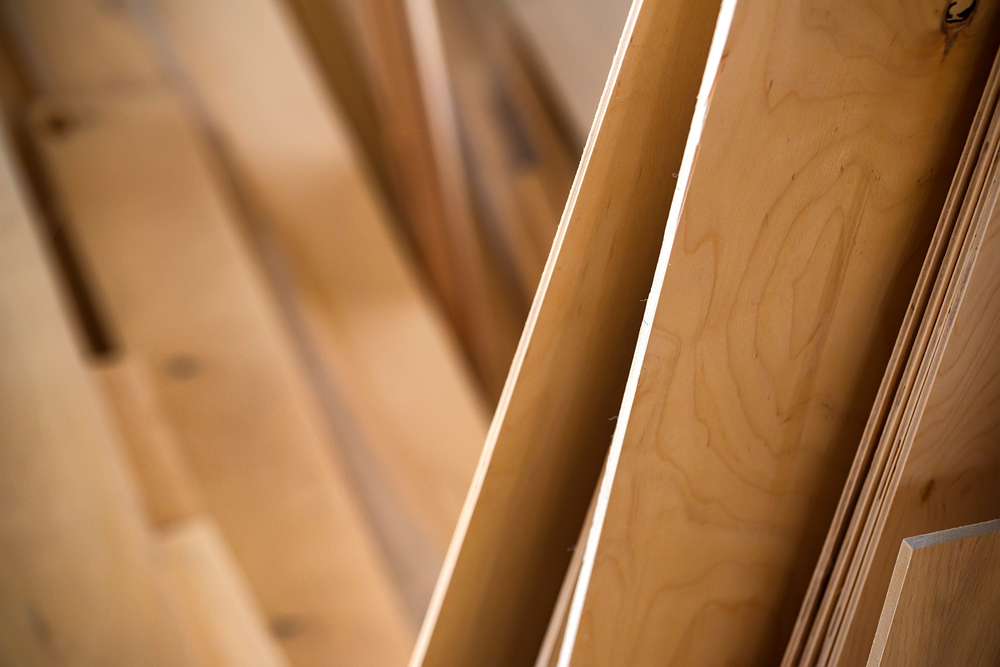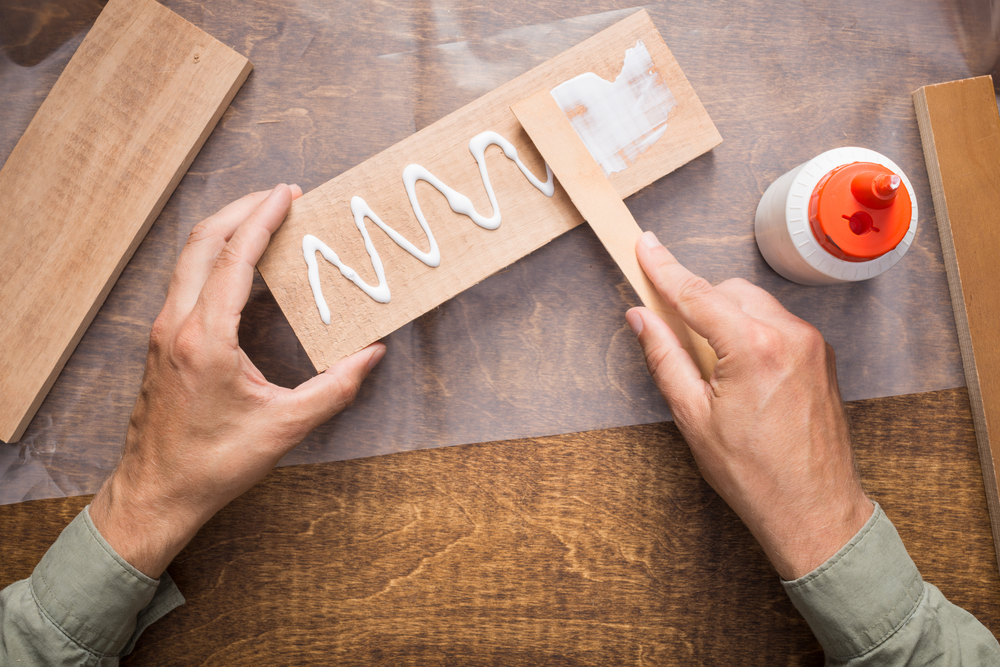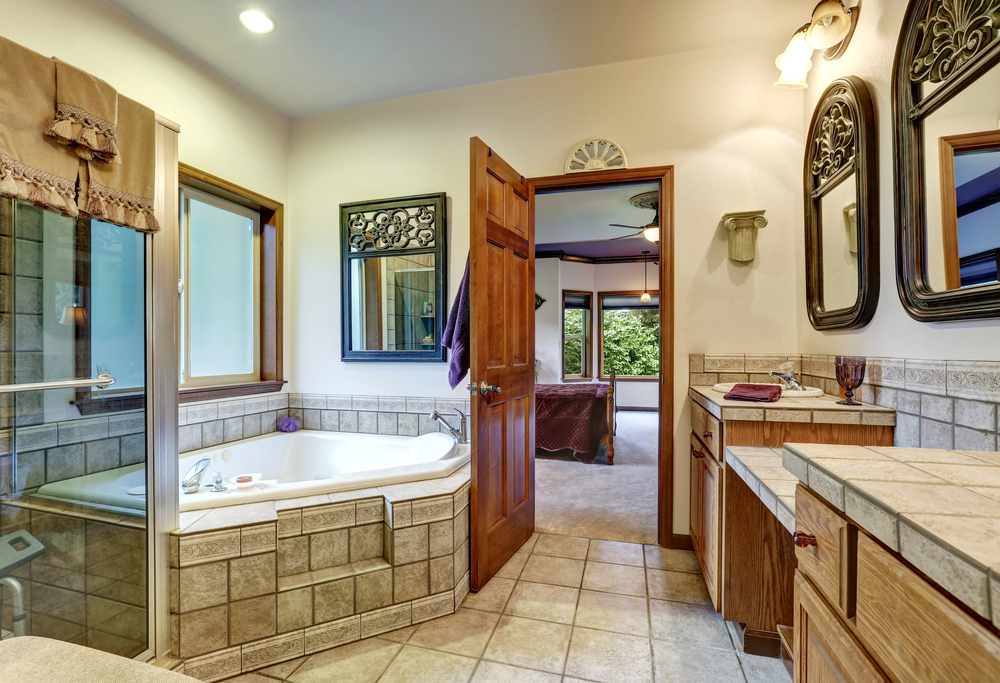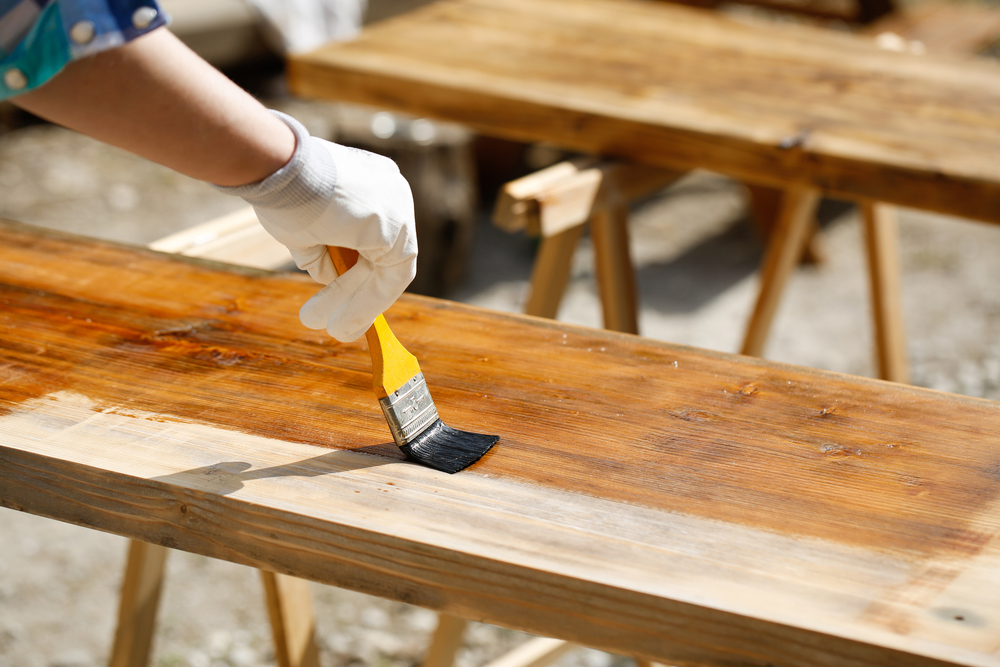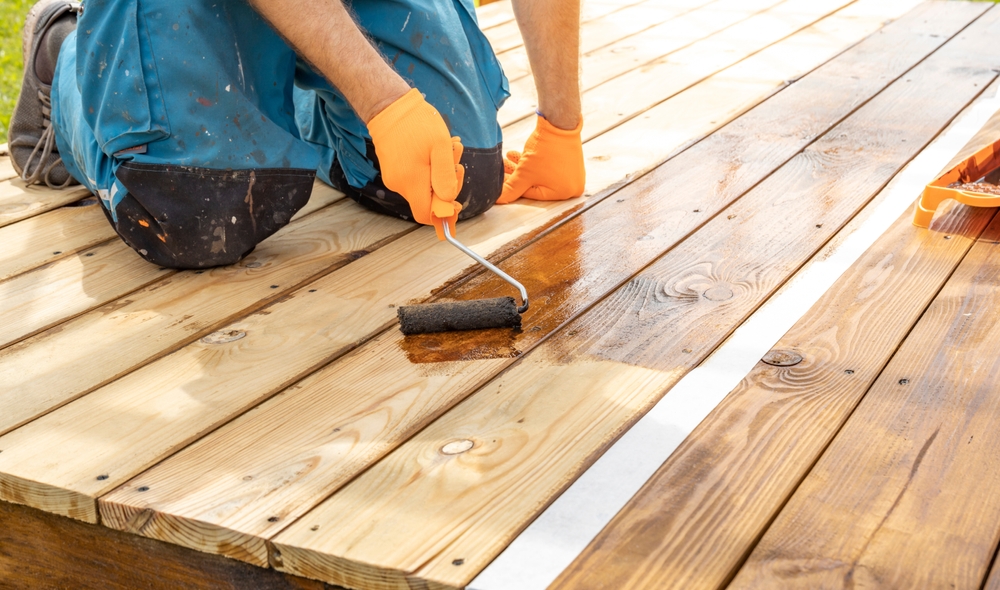Understanding Exterior Plywood Siding
Exterior plywood siding is a practical choice for an array of construction projects. It offers durability, versatility, and a cost-effective solution for houses and commercial buildings. This material is popular due to its adaptability to different climates and its aesthetic appeal. To make informed decisions on using it, one must delve into its characteristics, benefits, and best practices for use.
What is Exterior Plywood Siding?
Plywood siding consists of thin layers of wood veneer glued together, with alternating grain directions to enhance strength and stability. This composition allows plywood siding to withstand external elements better than some traditional siding materials. The surface is often treated or primed to resist weather and decay, making it suitable for exposed applications.
Types of Exterior Plywood Siding
Several types exist, each with specific properties and ideal uses:
- T1-11 Plywood: Known for its textured finish, mimicking a wood-grain appearance. It provides a rustic look, making it a favorite for cabins and sheds.
- CDX Plywood: Made with C-grade and D-grade veneers, featuring knots and blemishes. It’s commonly used for sub-wall applications due to its affordability.
- Marine Plywood: Designed specifically for moist environments. While more expensive, it offers superior water resistance, making it useful for coastal areas.
Benefits of Using Exterior Plywood Siding
One major benefit is its cost-effectiveness. Plywood siding tends to be less expensive than many alternatives such as fiber cement or cedar. Its installation is relatively simple, with sheets covering larger areas quickly compared to smaller planks or panels. This can reduce both labor time and costs.
Durability is another advantage. When properly treated and maintained, plywood siding withstands the elements admirably. Its layered construction contributes to its ability to resist impact damage, ensuring longevity.
Aesthetic flexibility is also significant. Plywood siding can be painted, stained, or left as-is, allowing one to tailor the appearance to specific design needs. It can be used to achieve a traditional look or a contemporary finish, depending on treatment and installation techniques.
Considerations and Limitations
While plywood siding is versatile, it’s not without its drawbacks. Without proper treatment, it is susceptible to moisture, which can lead to warping or decay. It often requires sealing or painting to weatherproof, adding to long-term maintenance efforts.
Potential for pest damage exists, particularly if the plywood is improperly installed or lacks adequate treatment. Termites and other wood-boring insects may pose a threat, necessitating vigilance and possibly pest control measures.
Although robust, plywood is generally less tough than some other options such as cement board. In high-impact areas, this could be a concern, making it essential to assess the demand on the structure before selection.
Maintenance Tips for Plywood Siding
Regular maintenance is critical. Start with inspecting the siding at least twice a year. Look for signs of wear, rot, or insect presence. Prompt repair of damage ensures longevity.
Apply a protective coat of paint or sealant every few years. This greatly enhances water resistance and guards against UV damage. The selection of appropriate products for your climate is vital to maximize effectiveness.
Keep an eye on the caulking around joints and seams. This area is prone to moisture seeping through if cracked or loose. An annual checkup can help prevent issues before they start.
Installation Considerations
Correct installation is crucial for maximizing the benefits of exterior plywood siding. A crucial first step is ensuring that the plywood is adequately acclimated to the local environment. Allowing it to adjust to the temperature and humidity prevents warping post-installation.
When attaching the siding, use corrosion-resistant nails or screws, especially in regions with high humidity. Fasteners should be driven into wall studs for added strength. Combat potential moisture issues by leaving small gaps between sheets for expansion.
Incorporating a moisture barrier behind the siding will provide an extra layer of protection. Materials like house wrap or tar paper are common and effective for this purpose, aiding in further resistance to moisture infiltration.
Best Practices for Painting and Finishing
Achieving optimal results with plywood siding often involves painting or staining. Start with a thorough cleaning to remove dust, mold, or other contaminants. This step ensures paint adheres properly and provides a long-lasting finish.
Priming is essential. It provides a base that enhances paint adhesion and prolongs the life of the finish. Select exterior-grade primers specifically formulated for wood surfaces.
When it comes to final coats, use paints with UV protection and weatherproofing properties. These products are designed to withstand harsh conditions, maintaining color and integrity over time. For stains, ensure the product is meant for external wood, allowing the natural grain to show while providing necessary protection.
Sustainability Considerations
Plywood siding is often viewed as a more sustainable option compared to some alternatives. The production process makes efficient use of raw timber, with less waste than traditional lumber production. Also, responsible manufacturers source wood from certified sustainable forests, ensuring renewal and reduced environmental impact.
At the end of its lifecycle, plywood siding can be disposed of in a manner less harmful to the environment. It can often be repurposed or used in applications like composite wood products, further reducing waste.
Innovations in Exterior Plywood Siding
Recent advances in treatment and manufacturing have improved plywood siding’s performance. Widespread use of preservatives and treatments like copper azole has greatly enhanced resistance to decay and pests. Laminated treatments with resins and veneers have improved both the strength and appearance of the siding.
Environmental concerns have led to the development of more eco-friendly adhesives, reducing the use of volatile organic compounds (VOCs) and improving air quality during manufacturing. These innovations continue to push the performance and reliability of plywood siding forward.
Choosing the Right Type for Your Project
Selecting appropriate plywood siding depends on several factors. Consider the local climate, maintenance willingness, and budget constraints. In humid areas, investing in higher-grade plywood with superior treatments prevents premature failure and costly repairs. For projects with tight budgets, CDX plywood may suffice temporarily, assuming full awareness of its limitations.
Understandably, aesthetics play a role as well. T1-11 offers a distinctive appearance while maintaining affordability, a suitable option for those prioritizing visual impact. Matching siding type with style and environmental needs yields the best outcomes.

